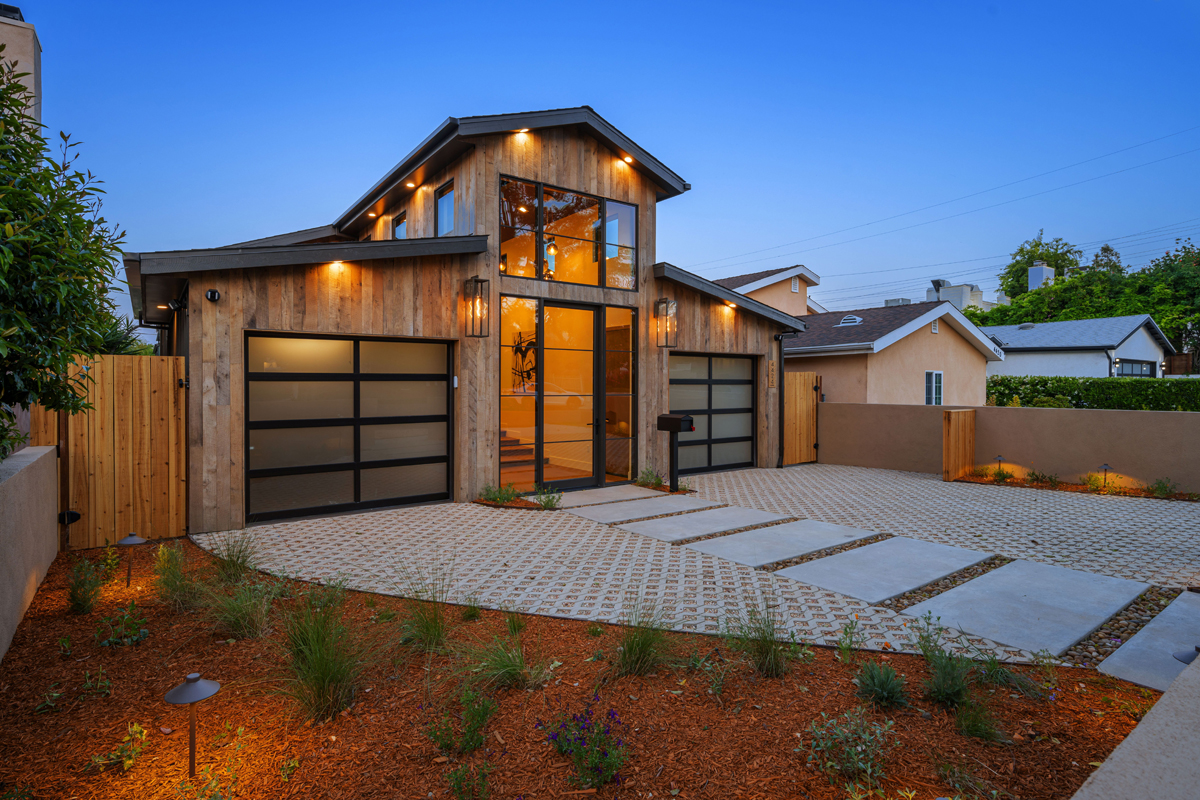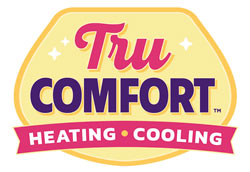
On average, homeowners can expect to pay between $2,500-$6,500 for a furnace in a 1,500 square foot home. This estimate includes both the unit itself and installation.
Average Furnace Cost For A 1,500 Square Foot House
The total cost of a furnace for a 1,500 square foot house ultimately depends on a few factors. Things like furnace brand, efficiency, and any additional work will impact the final price.
As mentioned, most furnaces will fall somewhere between $2,500-$6,500 for the unit and installation.
Here is a quick overview of typical furnace costs for a 1,500 square foot home:
| Lowest Cost | $2,500 |
| Average Cost | $4,500 |
| Highest Cost | $6,500 |
New Furnace Cost Factors
As mentioned above, furnace costs usually differ based on several aspects, including size, energy efficiency, type of fuel, installation costs, and brand.
Fuel Type
The biggest aspect impacting furnace costs is the type of fuel the furnace uses. Electric furnaces are the most budget friendly since they have more straightforward internal systems compared to their gas and oil counterparts.
Natural gas and oil furnaces have supplemental internal parts and maintenance requirements, making them a costlier option. Many furnaces use optional fuel types, like firewood and propane. These variations may be better suited for you if you live in off-the-grid locations.
Energy Efficiency
You are going to typically see furnace efficiency represented by a rating called AFUE (annual fuel utilization efficiency). A high AFUE rating means the furnace transforms more of the energy it consumes into heat for your home, lowering your energy bills.
These higher-efficiency models— which the DOE says have a ninety percent AFUE rating or higher—cost more upfront, but they save you money in the long run by using less fuel or electricity. If you live in colder climates, investing in a high-efficiency furnace probably makes more sense than if you reside in milder areas.
Local Climate
The area in which you live plays a role in the kind of furnace you require and how much it is going to cost to operate. In colder areas, you are going to likely require a more effective and efficient furnace, which can be costlier.
Nevertheless, if you live in a warmer area, a smaller, less costly furnace might be sufficient. Local energy costs—for electricity or gas—also influences the general operating costs of your furnace.
Installation
The cost to install your furnace is subject to how complex it is. When your home presently has the required ductwork and attachments, the installation may be streamlined and less costly.
Nevertheless, if you require new ductwork, venting, or electrical advances, these can considerably increase the overall cost. Labor costs also differ subject to your location and the contractor you hire.
Brand
Like most home systems, furnace costs can differ considerably depending on the brand and features you select. Well-known, reputable brands are most likely going to be more expensive since they provide better dependability, warranties, and customer service.
Furthermore, modern furnaces usually come with features such as variable-speed blowers, smart thermostats, and state of the are filtration systems, which can make your home more comfortable however also adds to the price.
Signs You Should Replace Your Furnace
Oftentimes, replacing your furnace is the more realistic, cost-effective solution. For example, if your furnace struggles to maintain an unwavering temperature in your home or you’re experiencing recurring breakdowns, it might be time for replacement. The following are other signs to keep an eye out for.
Costly Energy Bills
Even with routine furnace maintenance, dated furnaces lose efficiency after a while. When you notice a considerable increase in your heating bills, your furnace might be consuming more energy than it needs to.
Updating to a high-efficiency model could save you money on energy expenses.
Age
As reported by the International Association of Certified Home Inspectors, furnaces usually last fifteen to twenty-five years. Nevertheless, as they get older, they turn out less efficient and more inclined to breakdowns.
If your furnace is nearing the end of its life, it’s usually wise to invest in a new model instead of pouring money into recurring repairs.
Costly Repair Estimates
If a repair to your furnace is going to cost more than fifty percent of the cost of a new one—or if it involves costly components such as the control board or heat exchanger—replacement is usually the wiser investment.
A new furnace is going to come with a warranty and is going to save you from additional repairs in the future.
Odd Noises Or Smells
Whereas some noises (such as minor rattling) are an easy repair, loud grinding banging, or screeching sounds can indicate serious internal problems.
Similarly, when you smell gas, burning, or anything uncommon, it might be a sign of a dangerous issue. In these situations, replacing your furnace could be the safest alternative.
Conclusion
Fortunately, there are a few ways for homeowners to save on costs related to a furnace. Getting quotes from several different HVAC professionals is just the start.
Choosing the right size for your home while also focusing on efficiency can save homeowners lots of money over time. Additionally, there are several current local and federal programs that offer tax credit or rebates when purchasing an energy-efficient furnace.
Tru Comfort Heating & Cooling In The Phoenix Valley
At Tru Comfort Heating & Cooling, we deliver reliable, efficient, and cost-effective solutions to enhance comfort and water quality. Whether you need HVAC installation, repair, maintenance, or water treatment solutions, our team is here to assist you every step of the way. Contact us today for exceptional service from an insured and bonded HVAC company. Experience reliable and efficient solutions that exceed your expectations.

